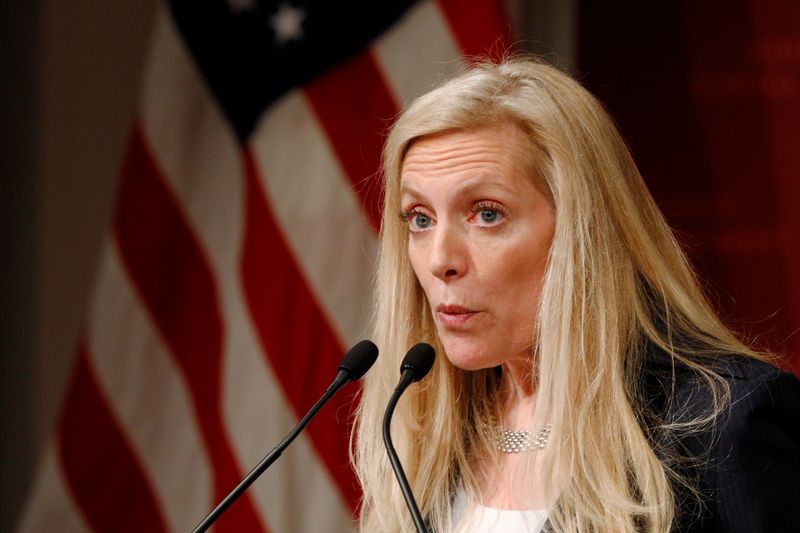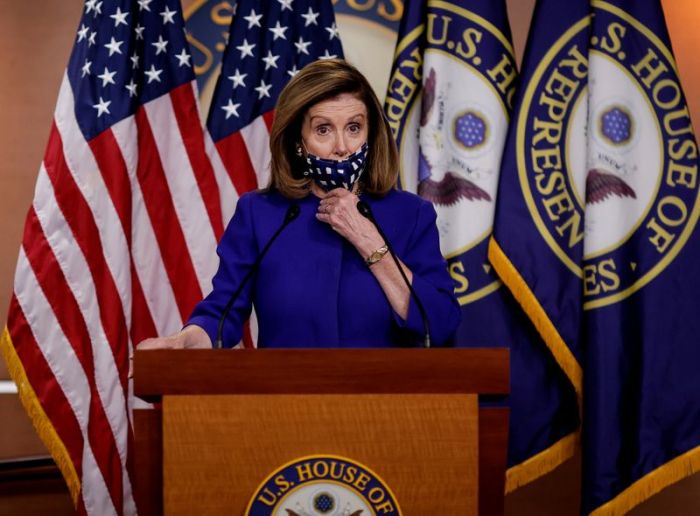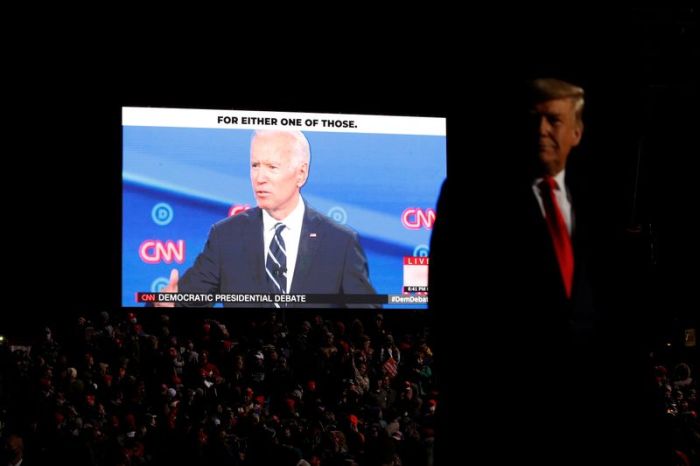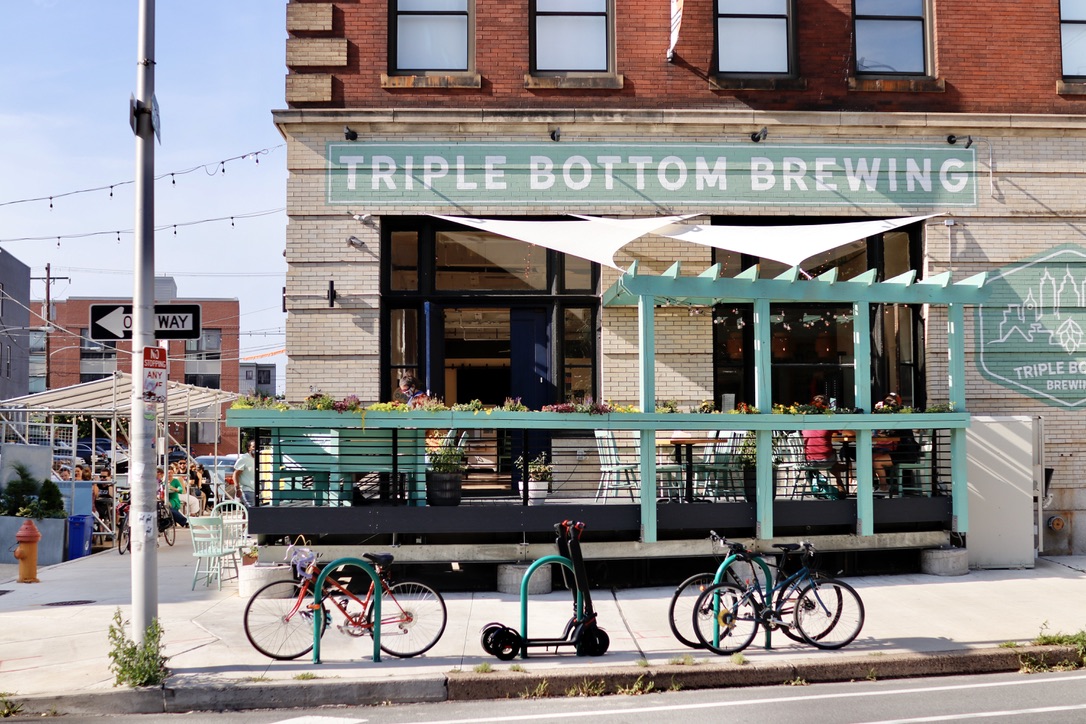(Reuters) – Despite a “heartening” bounceback from the initial hit to the U.S. economy delivered by the COVID-19 pandemic, the recovery is uneven and uncertain and will require continued support to ensure it becomes broadbased and sustainable, Federal Reserve Governor Lael Brainard said on Wednesday.
The economy’s overall improvement, however, masks big disparities among sectors and among Americans that could hold back the recovery.
The Fed, she told an online conference of the Society of Professional Economists, is committed to providing “sustained accommodation” to the economy for as long as needed, and won’t raise rates if inflation rises temporarily above 2%.
That could happen as early as next spring, she said, as data registers year-over-year gains from the nadir of the coronavirus crisis.
At the same time, the biggest risk to her outlook for recovery is that fiscal support from the federal government will be withdrawn too soon. It’s a view widely shared by her Fed colleagues. Talks on a new pandemic relief package are ongoing, but prospects remain dim for the Republican-controlled Senate to approve any aid before the Nov. 3 election.
“This strong support from monetary policy – if combined with additional targeted fiscal support – can turn a K-shaped recovery into a broad-based and inclusive recovery that delivers better outcomes overall,” Brainard said.
Brainard’s reference to a “K-shaped” recovery nods to an increasingly popular description of the rebound from the spring’s low point in activity, under which many households and small businesses have seen little improvement.
“Premature withdrawal of fiscal support would risk allowing recessionary dynamics to become entrenched, holding back employment and spending, increasing scarring from extended unemployment spells, leading more businesses to shutter, and ultimately harming productive capacity,” Brainard said.
Among the more troubling developments from the recession caused by the pandemic, she said, are that job losses have occurred disproportionately among minority populations and, more recently, that prime-age working women have left the labor force.
“If not soon reversed, the decline in the participation rate for prime-age women could have longer-term implications for household incomes and potential growth,” she said.
Brainard signaled that the Fed will not only keep rates at their current near-zero level for years, but will, even after liftoff, raise them only gradually to keep rates at levels designed to stimulate economic growth.
That approach, laid out in a newly adopted framework that Brainard repeatedly called “powerful” on Wednesday, ensures the Fed will not tighten policy too soon.
Brainard said it will take time to see a sustainable rise in inflation, which she expects to linger below the 2% target for the next few years.
The central bank will also “have the opportunity” in the months ahead to clarify how the Fed’s asset purchase program could best work in combination with forward guidance on rates, she said.
Asked about the risk of a potentially contested U.S. presidential election, Brainard sidestepped a direct response but said the Fed is in a “good place” to maintain financial stability through its extensive monitoring and its existing backstop facilities.
(Reporting by Ann Saphir and Dan Burns; Editing by Andrea Ricci)
























